Italian cuisine is renowned the world over for its rich flavours, diverse ingredients, and exquisite culinary traditions. While pasta and pizza may be the most well-known Italian dishes, the country's culinary heritage extends far beyond these staples.
Italian cuisine is a celebration of fresh, locally sourced ingredients, simple preparation methods, and a deep-rooted respect for traditional recipes. From regional specialities to lesser-known gems, here we embark on a flavourful journey through the world of Italian food beyond pasta and pizzas.
Exploring the appetisers with antipasti
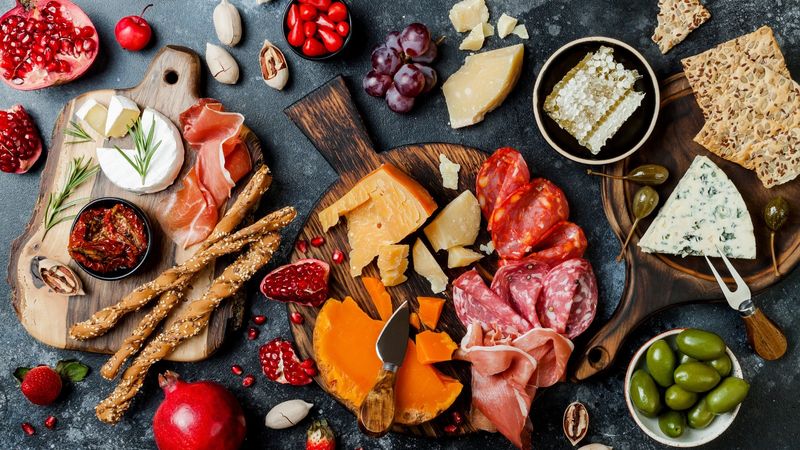
The Italian dining experience often begins with antipasti, a selection of appetisers that tantalise the taste buds and set the stage for the main meal. These dishes showcase Italy's mastery of transforming humble ingredients into remarkable flavours. Bruschetta, a popular antipasto, features grilled bread rubbed with garlic, drizzled with olive oil, and topped with fresh tomatoes, basil, and other seasonings. Another favourite is Caprese salad, a delightful combination of mozzarella cheese, tomatoes, fresh basil leaves, olive oil, and a sprinkle of salt and pepper.
Seafood delights
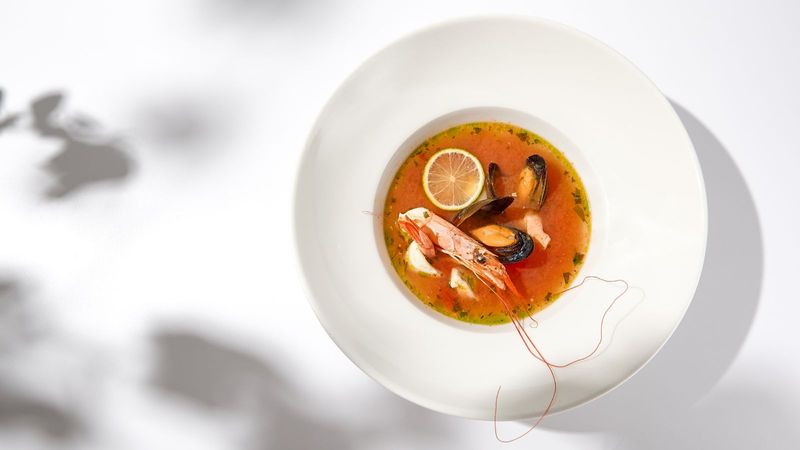
Italy's long coastline has given birth to a myriad of seafood dishes that are both delightful and distinct. From the Ligurian Sea in the north to the Mediterranean Sea in the south, coastal regions showcase a treasure trove of seafood-centric creations. Sicilian cuisine, for example, features dishes like Pesce Spada alla Ghiotta, a swordfish stew cooked with tomatoes, capers, olives, and other aromatic ingredients.
Culinary artistry with meat and poultry
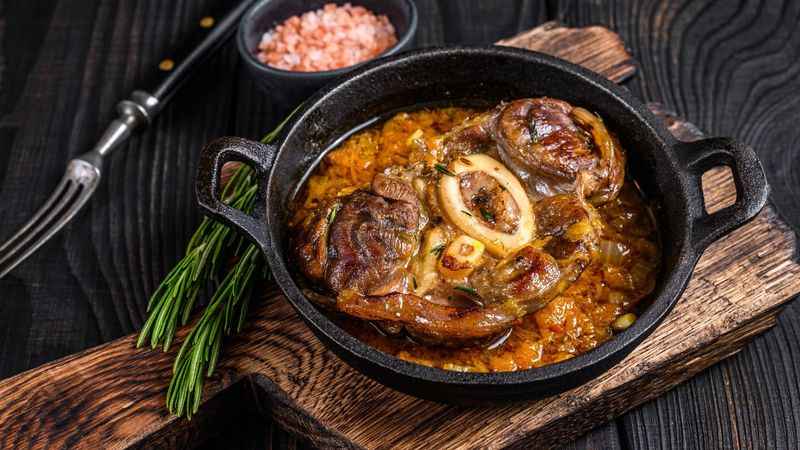
Italian cuisine extends its artistic flair to meat and poultry dishes that showcase the country's diverse culinary landscape. Osso Buco, a Milanese speciality, features tender braised veal shanks simmered with white wine, broth, and vegetables, resulting in a melt-in-your-mouth delight. Tuscany's Bistecca alla Fiorentina showcases the region's penchant for a simple preparation, with a thick, juicy T-bone steak seasoned with just salt, pepper, and olive oil before grilling.
Cheese lover's paradise

Italian cheeses are famed around the world for their incredible range and quality. While mozzarella is widely recognized due to its use in pizzas, the country boasts an array of other exceptional cheeses. Parmigiano-Reggiano, often called the 'King of Cheeses', hails from Emilia-Romagna and is aged for years to develop its nutty, complex flavour. Gorgonzola, a blue cheese originating from Lombardy, tantalises the palate with its creamy texture and bold taste. The Pecorino varieties, made from sheep's milk, offer a diversity of flavours, from the mild Pecorino Romano to the sharp Pecorino Toscano.
Vegetarian temptations
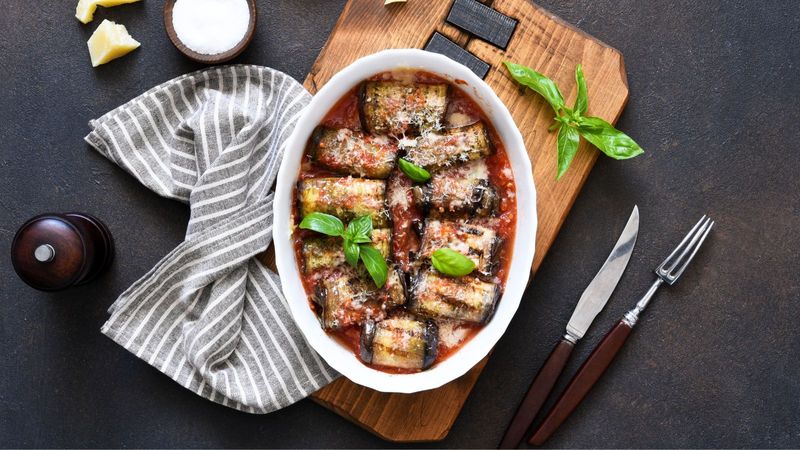
Italy's fertile soil yields an abundance of fresh produce, making vegetarian dishes a delightful part of its culinary tapestry. Melanzane alla Parmigiana, a classic eggplant dish, layers slices of eggplant with tomato sauce, mozzarella, and Parmesan cheese, creating a harmonious blend of flavours. Ribollita, a hearty Tuscan soup, combines bread, vegetables, beans, and olive oil to create a nourishing and satisfying dish that exemplifies the Italian commitment to waste reduction.
Sweet endings
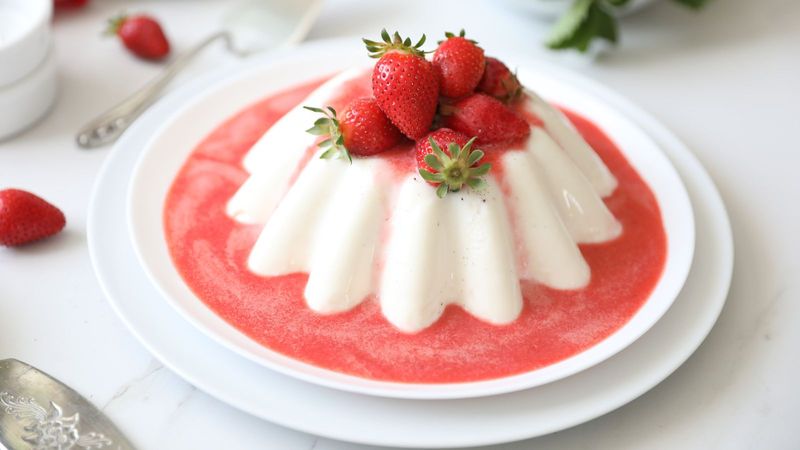
No Italian meal is complete without a sweet finale, and Italian desserts are celebrated for their elegance and indulgence. Tiramisu, a globally adored dessert, layers coffee-soaked ladyfingers with mascarpone cheese, cocoa, and sometimes a touch of liqueur. Cannoli, hailing from Sicily, consists of fried pastry tubes filled with sweetened ricotta cheese and often adorned with candied fruit or chocolate chips. Panna Cotta, a delicate custard dessert, is often infused with vanilla and topped with a luscious fruit coulis.
Aperitivo culture

The Italian aperitivo culture is a cherished ritual that revolves around pre-dinner drinks and appetisers. It's a time to unwind, socialise, and stimulate the appetite. Alongside a refreshing Aperol Spritz or Negroni, you'll find a spread of delectable bites like Olive Ascolane, stuffed and fried olives, or Crostini, toasted bread topped with an array of flavourful toppings.
Nonna's delicacies
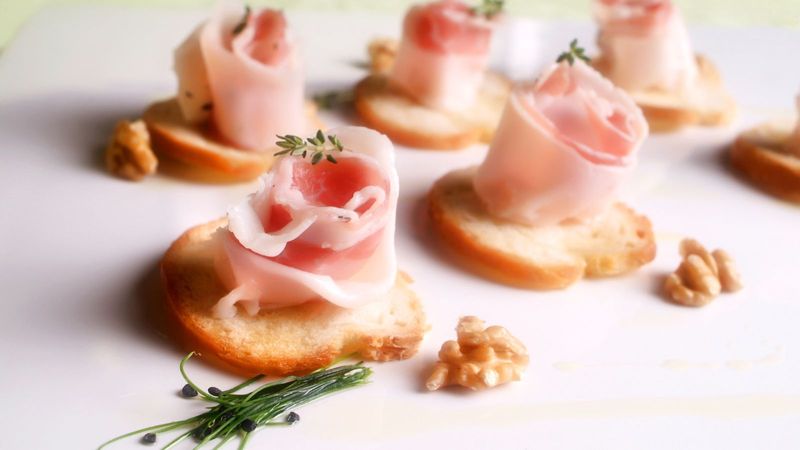
Italian food culture places immense value on preserving age-old culinary traditions, and many families continue to make their own homemade delicacies. Lardo di Colonnata, a speciality of Tuscany, involves curing pork fat with herbs and spices in marble basins, resulting in a unique and luxurious flavour. Families in Calabria often gather to make Nduja, a spicy, spreadable salami that adds a fiery kick to various dishes.
Freshly baked bread
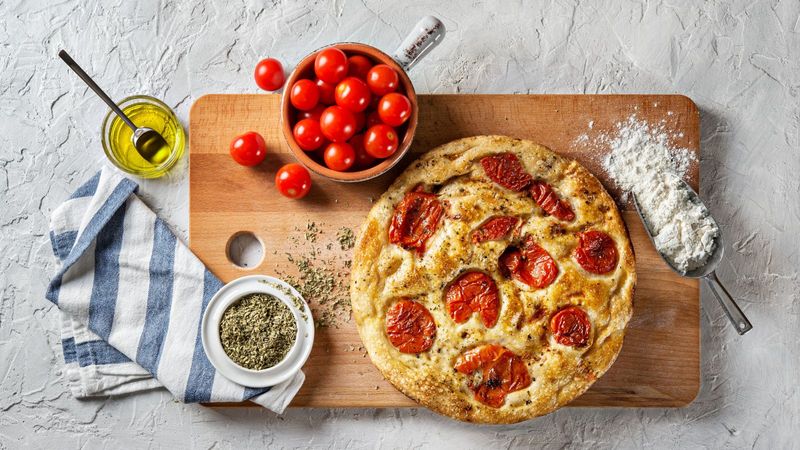
Bread holds a special place in Italian cuisine, often gracing the table as a fundamental companion to meals. Focaccia, a Ligurian creation, is a herb-infused flatbread that's loved for its soft interior and crispy crust. In Puglia, Pane di Altamura stands out for its rustic charm, made from durum wheat semolina and prized for its enduring freshness.




_1683179705175_thumb_300.png)